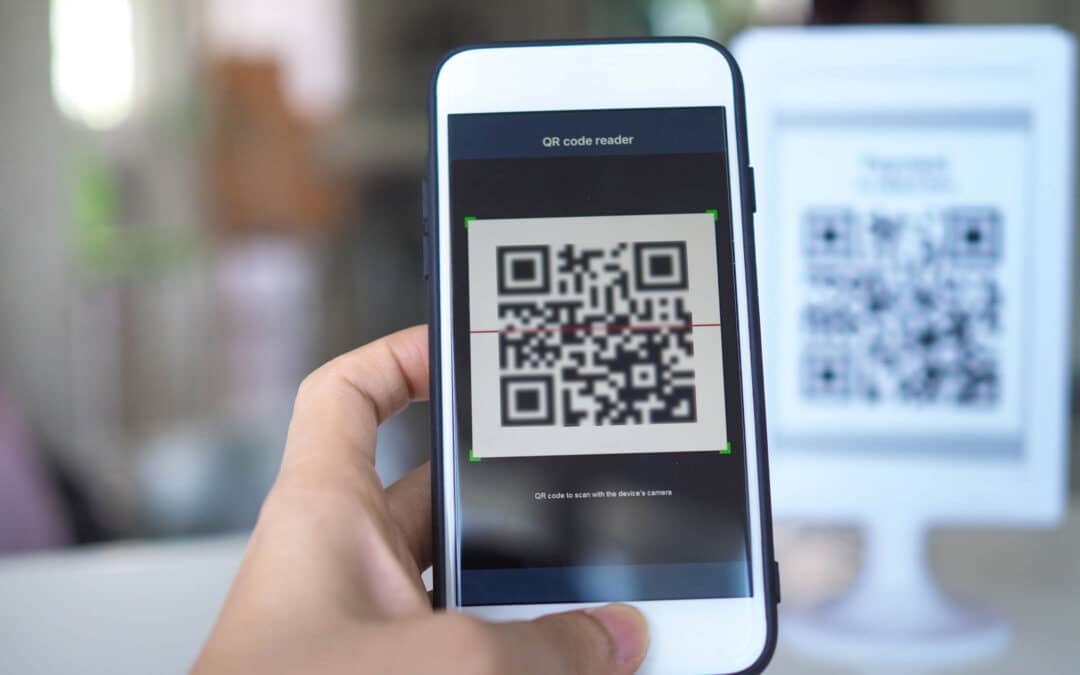What is a QR Code and how do they work?
Although to many, they may seem like a recent invention, QR codes have been around for more than 25 years. The QR, or ‘Quick Response’ code is an adaptation of a standard barcode but allows more data to be interpreted quicker. Most standard barcodes (UPC) in shops can contain a 12-digit number relevant to one specific product or item. A QR Code can contain a substantially larger amount of data – up to 7,089 numbers/4,296 letters. Although a caveat to this when printing is that the scan-ability of a code is reflective upon its size (physical size of QR code) x quality of the print (DPI) x density (how much information is in the code) ratio.
A QR Code could simply be used to store the URL of a website, or an asset number; however, it can also be used to store more complex information, such as large amounts of data on a product/ its servicing history, or the automatic feed of data into an application. A computer, via a scanner, will look for the 3x squares on the design to initially determine the orientation of the code. This means that even if you scan a QR code upside down, then the computer will still automatically pick it up. The correct orientation of the QR should show a square in the top left, top right, and bottom left of the square, leaving the bottom right with no square in this area. The rest of the QR is clustered into small patterns of smaller squares, which are scanned horizontally and vertically (normal barcodes are scanned only in one direction).
Most recent smartphones, including all devices which are running modern versions of iOS and Android, all have a built-in QR code scanner. This can be found pre-integrated into the camera applications on each respective device. You can also even scan a QR code that is in a photograph that has already been taken on the device – this can be achieved by simply clicking and holding on to the area in the photo. Custom Labels Ltd prints thousands of QR-coded labels every single day, we have vast experience in this field & strongly back ourselves as one of the market leaders in the UK.
QR Codes can be used on labels for countless different types of applications. A few are explained below:
- A simple asset label could contain just an asset number, this can then be easily and reliably scanned to input into a database if required. This saves manually typing a number in and risking human error/typos.
- A contact label would mainly show a business’s telephone number, email address, and maybe geographical address as a means of advertising. A QR code could be added to this type of label in the form of a URL to take the user straight to their website. Or it could be used to automatically open an email app and auto-fill a new email to the listed email address (with the intention to hopefully initiate a sales email/enquiry).
- A QR Code could also be used on an asset tag on a heavy-duty bit of rental kit, for example, a power tool loaned out by a hire company. In this instance, the QR code could take the user to a video explaining how to safely use the kit. Or it could also show relevant environmental information, such as fuel efficiency & emissions information – this can be a legal requirement in some instances.
If you would like to contact us to find out further information on how a QR could be used for your business, please visit our dedicated QR page, or fill out our contact form and member of the sales team will get back to you shortly.


Recent Comments